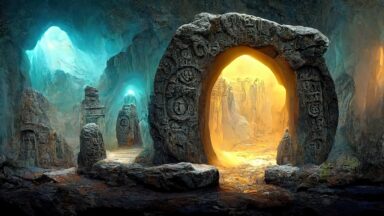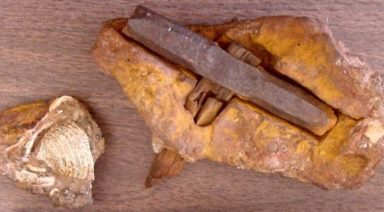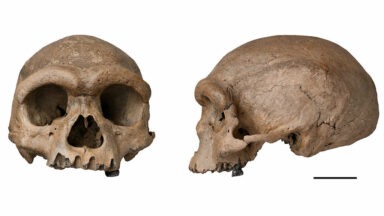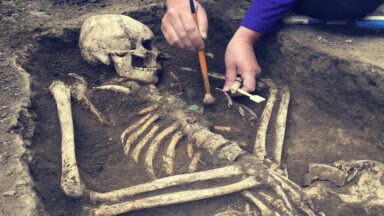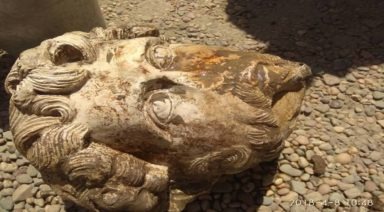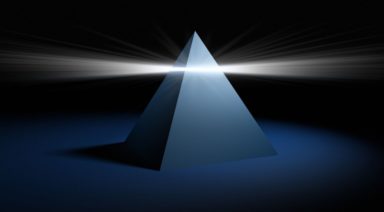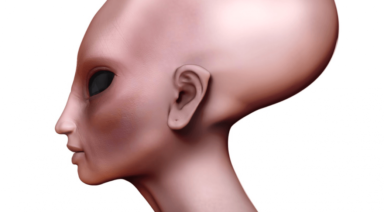The Transformational Power of the Viking’s Runes
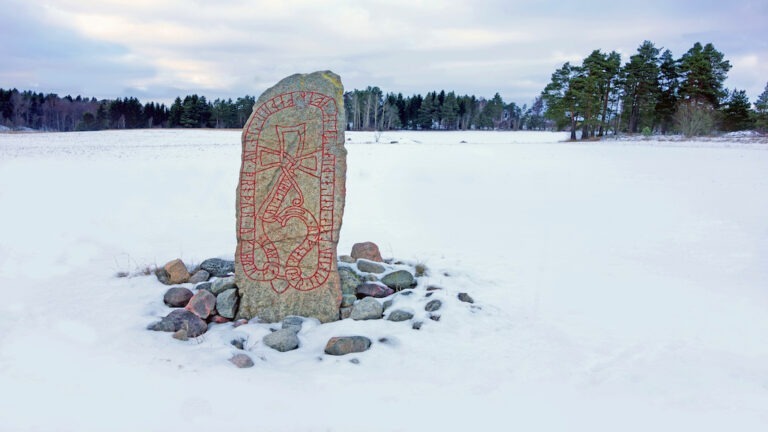
The Birth of Runes
The Viking runes came into being when Odin brought them forth from another world. Historians from the National Museum of Denmark explain that Odin ruled over Asgard, which contains Valhalla, “the hall of the slain.” Half the warriors who died in battle were collected by his female handmaidens, the valkyries, who belonged to him. As such, Odin was the object of worship by kings, warrior chieftains, and their people.
In a mythic Viking tale, Odin wounds himself with his own spear before hanging himself from the Yggdrasil—the world tree in Norse culture—for nine nights, drawing wisdom from the Depths of Urd, just below it. From there, Odin sees the runes that existed even before his own coming into being, “a time before time.”
Just as he’s about to die, Odin gathers up the runes and shares them with all of creation and an array of supernatural entities and human beings. Eventually, the runes were given their shapes and phonetic values by subsequent tribal elders. They were carved on weapons, tools, jewelry, amulets, bones, pieces of wood, memorial stones, church walls, and other hard surfaces.
Ancient peoples of the Germanic lands knew the runes to be beyond the time and space with which most people are familiar. Some experts suggest that they were never really “invented,” but are instead eternal, pre-existent forces that Odin discovered through his aforementioned superhuman ordeal.
Historians have linked the runes to areas with a history of Germanic-speaking peoples, including from Iceland to Scandinavia, throughout England, and into Central Europe. Even Constantinople is home to the runes, showing that ancient seafaring cultures had made their way into what is now modern-day Turkey.
Reading the Runes
We may use the metaphor of a tree to assess how the runes are read. Historian Emma Groeneveld noted that “they are generally made up of vertical lines — one or more — with ‘branches’ or ‘twigs’ jutting out diagonally (and very occasionally horizontally) upwards, downwards or in a curve from them. They can be written both from left to right and from right to left, with asymmetrical characters being flipped depending on the direction of writing.
Each rune represents a phoneme (a speech sound) and had a name, made up of a noun, that started (and in one case, ended) with the sound the rune was mainly associated with. Lots of regional and temporal variation existed in the shapes of the letters.”
Experts of Norse mythology explain that, on the surface, runes seem to be letters. However, they are much more, because each one is a symbol of a cosmological principle or power. The very act of writing a rune called upon unseen spiritual forces. In every Germanic language, wrote historian Daniel McCoy, the word rune comes from the Proto-Germanic word that means both “letter” and “mystery.”
The Eternal Magic of the Runes
The runes have been used to link the natural and supernatural worlds, and this gives them the power to enact spells for protection or success. Still, said Olsen in an exclusive Gaia interview, according to archaeological and historical evidence, runes were used as magical tools for healing, transformation, building wealth, and for making the world a better place.
The power of the runes is in their sound vibrations, teaches Olsen. Each runic character represents a letter so that it can be combined with others to form words. The runes are also magical symbols, and each character has its own name and symbolic meaning.
Norwegian historian Marit Synnøve Vea explained that runes are not limited to their carved signs, but are also applied in certain songs, magical formulas, secret skills, and for secrets hidden in Skaldic (Old Norse) poetry. Vea noted that runic magic was used to foretell the future, as a form of protection, to cast spells, to cure illness, to bestow love, and much more.
But where there is power, there is a warning. In the wrong hands and minds, runes carved by unskilled persons could represent risky business. Vea cites a poem from the Old Norse Egil Saga that serves as an ancient warning for the modern generation:
Runes none should grave ever
Who knows not to read them;
Of dark spell full many
The meaning may miss.
Ten spell-words writ wrongly
On whale-bone were graven:
Whence to leek-tending maiden,
Long sorrow and pain
The history of the runes is the history of timelessness, a paradox among paradoxes. Often regarded as tools for parlor games, serious historians have found the deeper meaning in ways the runes can be read and applied for the betterment of life on this planet and the invisible worlds.
Did The Druids Share a Common Ancestry With Other Ancient Civilizations?
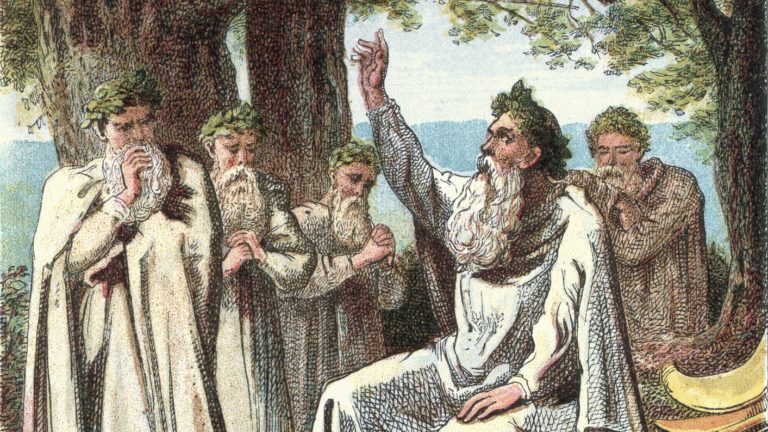
There are few groups in history more enigmatic than those known as the druids. Today there are two neo-druidic sects, whose philosophy centers around a reverence for nature, diversity, and love. These are the often-cloaked people known to perform ceremonies in nature and at megalithic sites such as Stonehenge.
The Druids of antiquity are steeped in legend and folklore, having no written record of who they truly were or where they originally came from. The general consensus holds that they were a highly revered group, with a divine connection to nature and authoritative wisdom that trumped even the highest nobility. They are widely known to be of Celtic origin, but some alternative theories see them as having a common ancestry with ancient Eastern cultures or even one possibly originating in Atlantis.
Ancient Druids
In ancient times, Druids were known as wise elders who would congregate around oak trees. In fact, the word Druid or Druwid in Celtic translates to oak-knower or “knowing the oak tree,” though little is known what exactly this erudite group was really like. The recorded history of the ancient Druids typically falls into two categories; those that are based on ancient Roman writings, and those based on interpretations of writings seen as distorted Roman propaganda.
The Celtic Druids inhabited the area of Europe once known as Gaul, where they were eventually conquered by the Romans. One of the best-written accounts of the ancient Druids comes from Julius Caesar who described them as civilized, wise, and noble people, with the exception of their alleged ritual human sacrifice. Caesar and Tacitus led the conquering of Gaul and the subsequent persecution of the Druids, viewing them as overly superstitious and having dictatorial control over society.
The Druid religion was said to have sacrificed criminals in a massive wooden effigy, known as a wicker man, which was filled with people and set on fire. Caesar claimed that the Gauls were so consumed by the superstitions of Druidic rituals that they were quick to sacrifice, and would even offer up innocent people if they lacked sufficient criminals. Many contest this image of the Druids as inaccurate and an attempt by Caesar to depict them as a society worth integrating into Roman culture, albeit one that needed civilizing.






